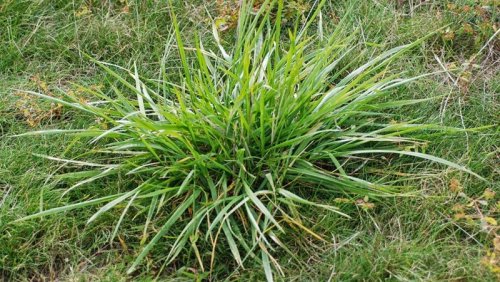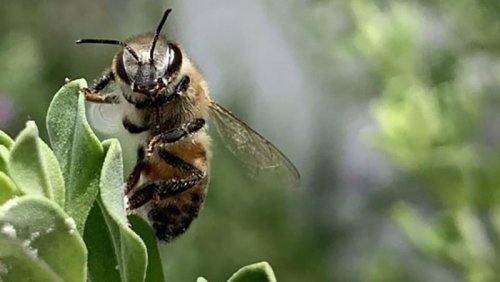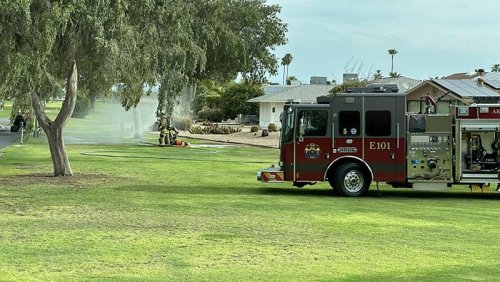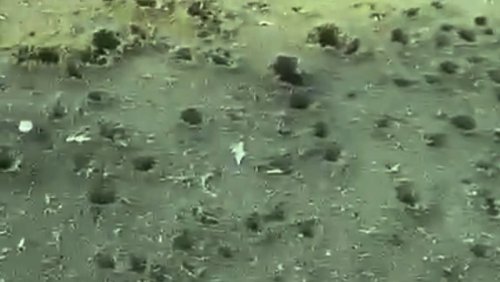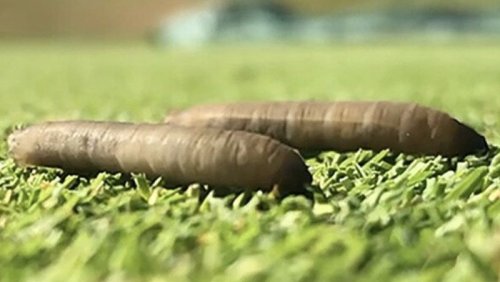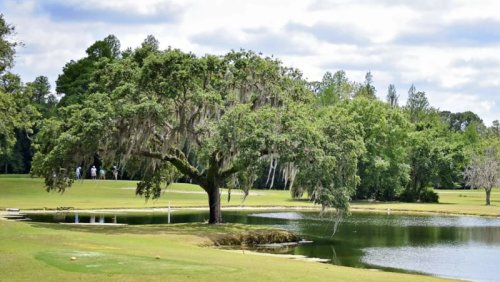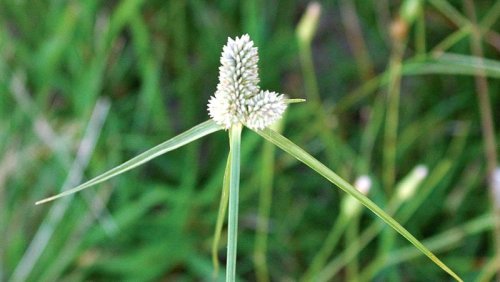

Constructed of recycled plastic, the Spray Caddie Golf Cup Covers keep cups clean, help protect golfers from direct contact with chemicals, help prevent cup staining and prevent topdressing sand from infiltrating cups.
Developed by Rob Roberts, an assistant superintendent and spray tech in Washington, Spray Caddie Golf Cup Cover is a flat, round cover that, when placed over the golf hole, shields the inside of the cup from liquid overspray. Metal tabs on the cup cover attract a magnetic wand that allows for no-touch use of the cup cover and prevent transfer of chemicals to gloves, hands, spray rig steering wheels or cell phones. The covers can be used with any spray application, including colorants, fertilizers, plant growth regulators, fungicides, herbicides, insecticides and sand topdressing.
"Spray Caddie provides a great contact-free cup cover while spraying. It's easy to use and can be stored on the roll bar of the sprayer," said Andrew Mattison, president of Mattison Turf Works and a former superintendent. "I wish I had Spray Caddie when I was a superintendent."
The Spray Caddie Golf Cup Coveris manufactured by Back Nine Boys LLC.
- Read more...
- 1,343 views



